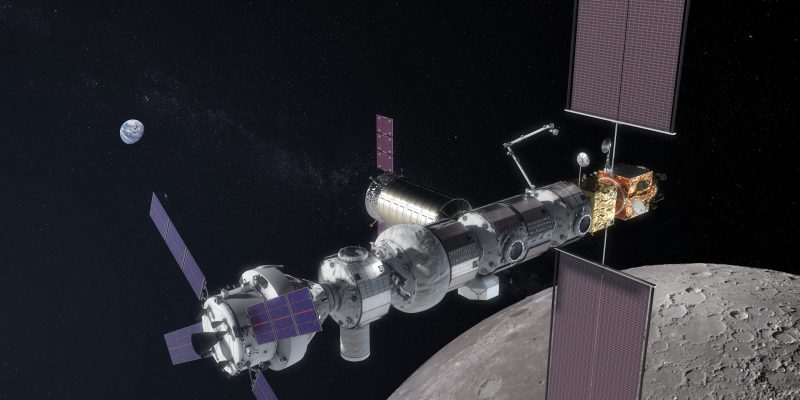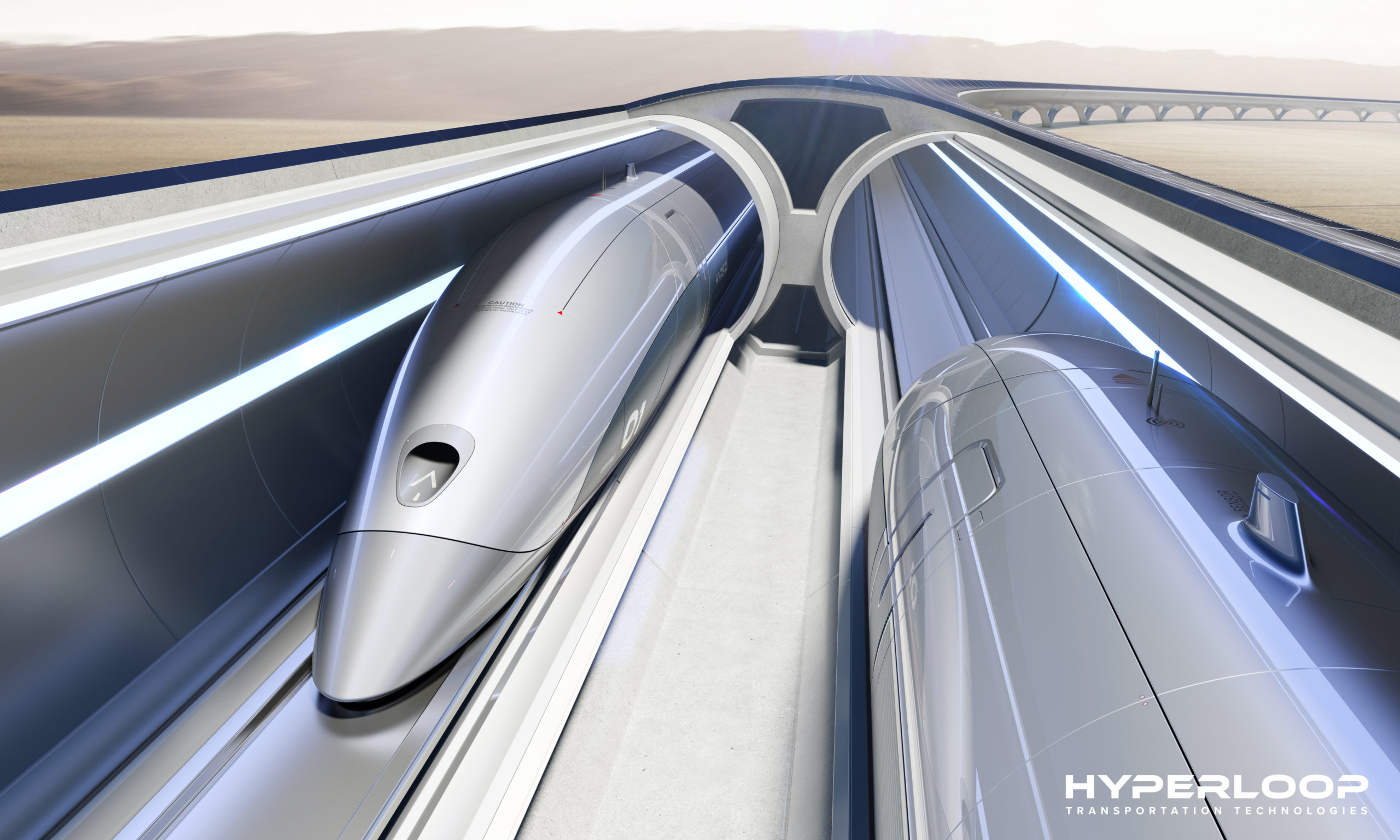50 years since the Eagle landed
How the concept of space changed from 1969 to 2019
The space race is something we’re daily involved in. Every day, new challenges turn up, new discoveries are made, and new experiments shall be carried out in order to succeed. Scientific progress is slow, but our knowledge grows at a constant rate. In a similar way, space exploration is a really young age, so its first steps had been very difficult but extremely crucial for its current state.
When it all started
Right after the end of Second World War II, the space industry had to deal with the aftermath of the Cold War. The US could count on the experience of Wernher von Braun, who has been crucial for the American space program Apollo. On the other hand, the Soviets were trying to deeply understand Germany’s ballistic systems in order to gain significant advantages on a technical level. So, the US and the USSR were the two major players in this challenging and terrific game, since the first launches of artificial satellites and probes to other planets.
In regards of manned space exploration, the creation of the first permanent space stations was one of the best goals ever reached, as long as we still gain benefits from performing experiments in such extreme places. Many benefits may be found in a better understanding of human physiology and in technological advance. Going into space is not only a matter of science, but also a political matter, as long as many efforts are made by space agencies in sealing international deals.
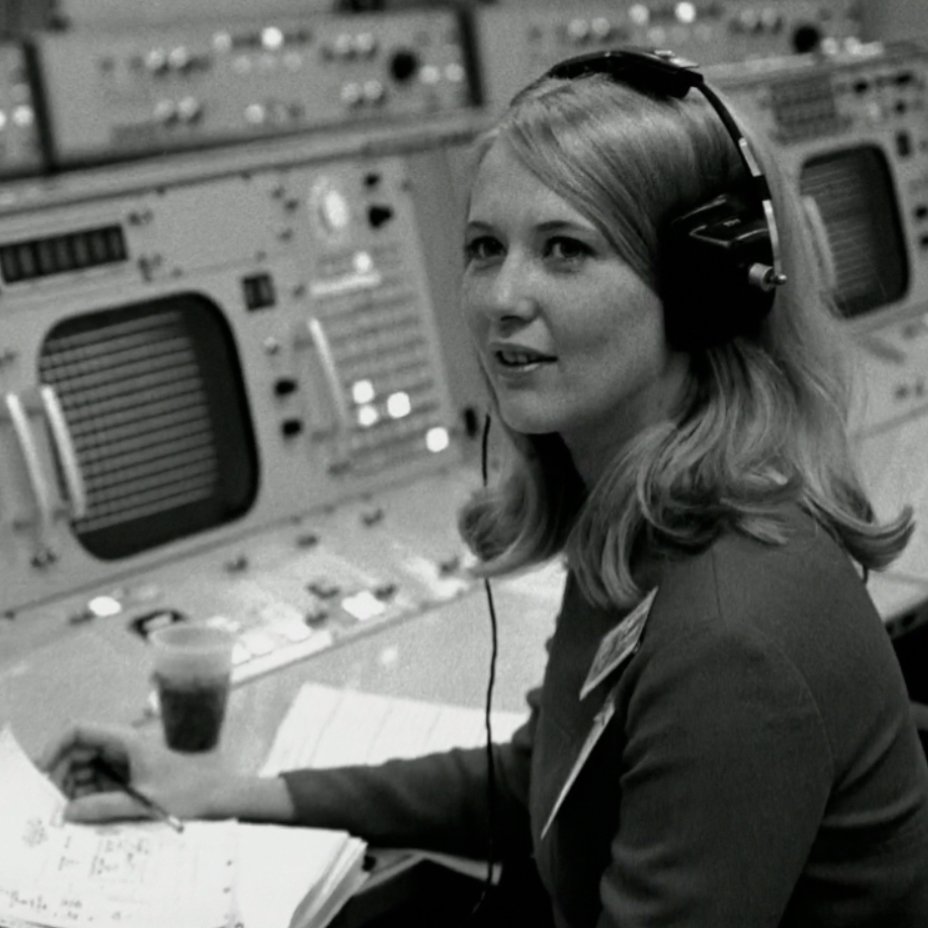
The engineer Frances “Poppy” Northcutt, performing math calculations for the Apollo 8 launch.
In space, too, unity is strength!
Nowadays, tight cooperation inside the space industry has led to a great number of successes. The International Space Station is just the best example of coordination among Italy, Japan, Germany and the US, which built and assembled the modules of the ISS in orbit in a twenty-year period. If we had to do an example of this kind of cooperation down to earth, we could talk about the European Space Agency, which plays a major role in dealing with other space agencies, such as NASA, JAXA, Roscomos, etcetera.
There’s a special benefit in being cooperative, that is not only found in the economic return but also in a boost within the independent space industry. Private agencies like SpaceX™, Virgin Galactic™, Blue Origin™, X Prize Foundation™ promote space tourism and cutting-edge tech as well, in order to reach major goals with a minor expense in resources.
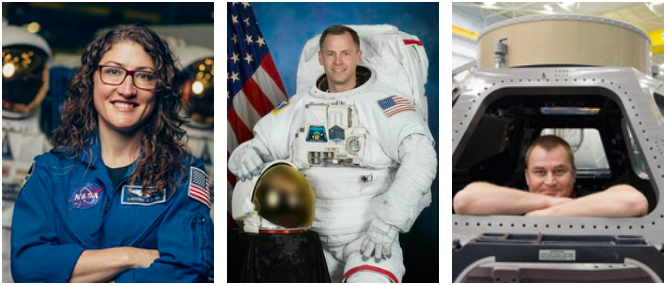
From the left to the right: Christina Koch, Alexey Ovchinin and Nick Hague, crew members of the Expedition 59
So, what’s next?
The space race goes on with innovative techniques and brand-new technologies, like implementing reusable boosters instead of disposable ones in long space missions. The most recent and ambitious project is about making a new orbiting station on the Moon. Known as the Lunar Orbital Platform-Gateway, its position will be essential to connect the Earth, the lunar surface and Mars. The choice of an orbiting station instead of a fixed one on the surface results in savings in propellant and in the absence of seismic risks. The station will serve as a valid checkpoint in the effort to bring the man on Mars.
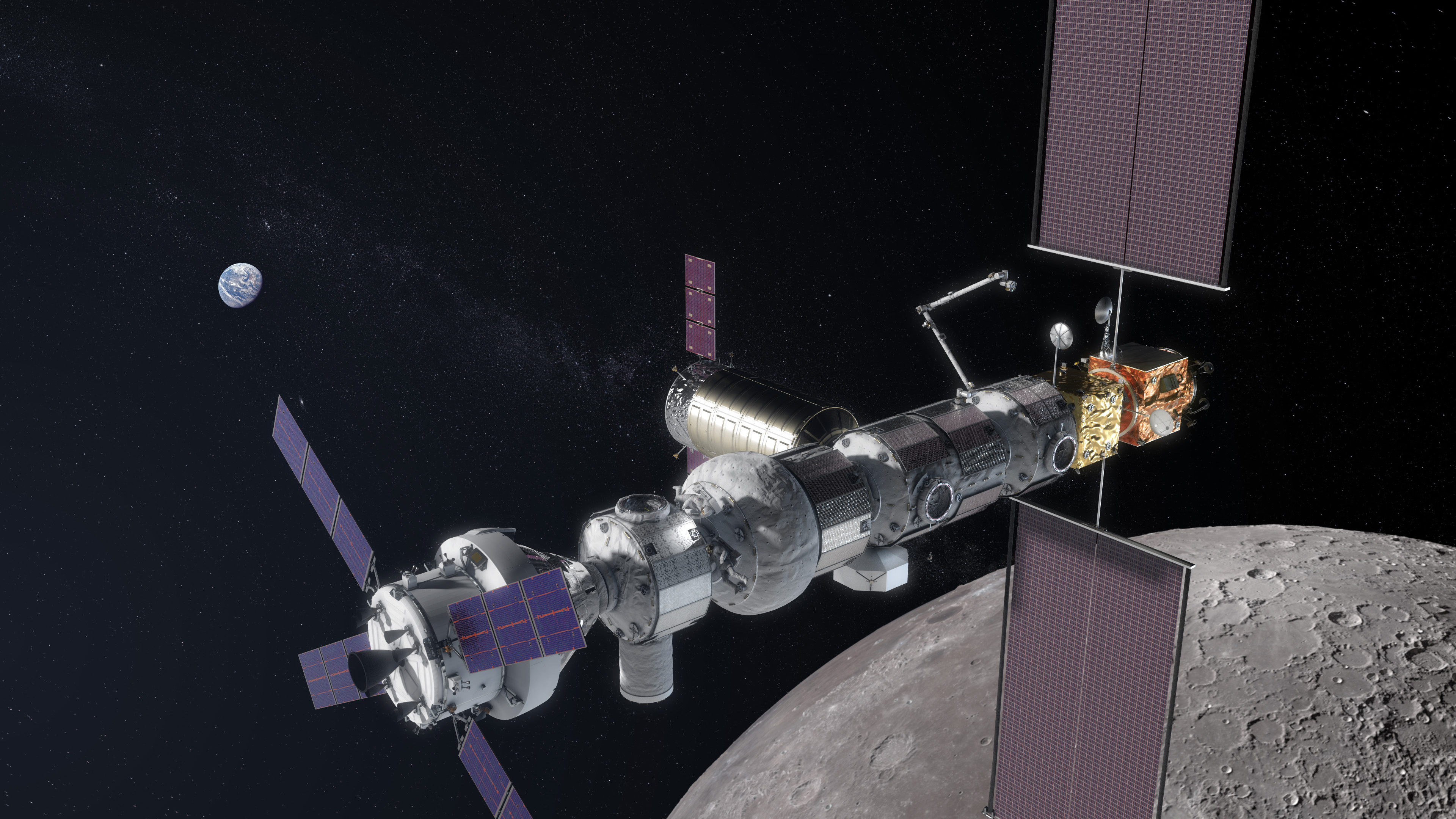
Digital representation of the Lunar Orbital Platform-Gateway.
Save the date
This week, we would like to celebrate two great events. On the last 20th of July, indeed, we had the 50th anniversary of the Apollo 11 Moon landing. The crew members, Neil Armstrong, Michael Collins e Buzz Aldrin, have set the milestone for deep space exploration. Fifty years later, the Expedition 60/61, or the Beyond mission, led by Luca Parmitano, Michael Collins and Alexander Skvortsov as crew members, reconfirms our strict bond with the first major goals achieved during the space race.
A new dawn for the space exploration
The next mission to Beyond might be designed to be much more deep-space , with a special regard on a likely return to the Moon. New tests on life supports systems and medical science will be conducted, in order to make sure that life in extreme environments is still a sustainable option, even under microgravitational effects. But the game is still on. In a few decades, it may be necessary to acquire new skills and new technologies to sustain human life on the surface of the Moon or on Mars. By doing so, the outpost or colony could make a great effort to reach the self-sufficiency status and to permanently support the human settlement .
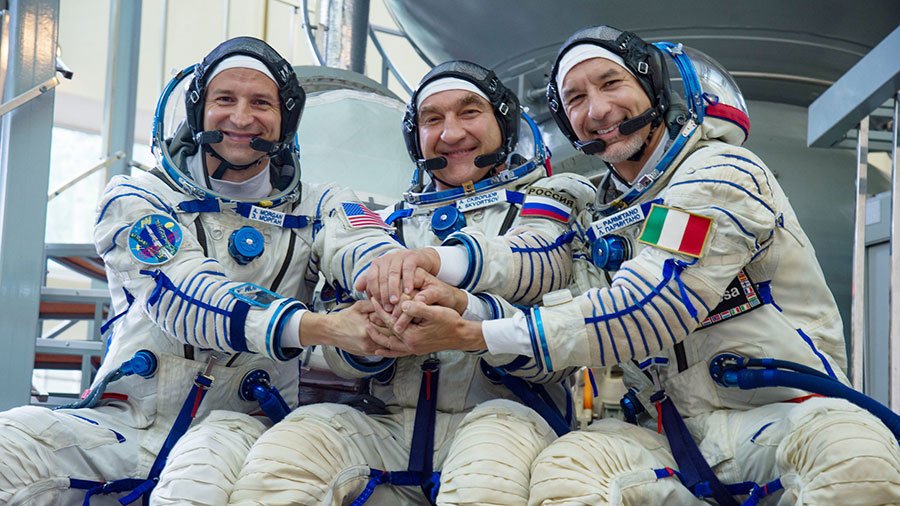
Mission Beyond crew members. From the left to the right: Andrew Morgan, Aleksandr Skvorcov and Luca Parmitano.

